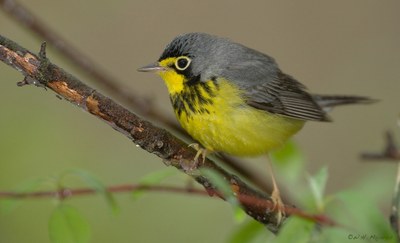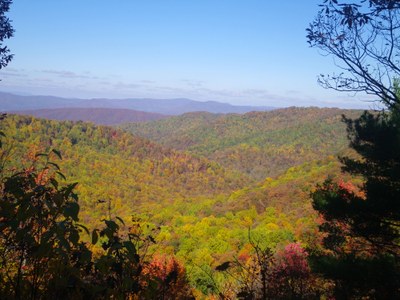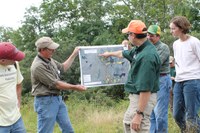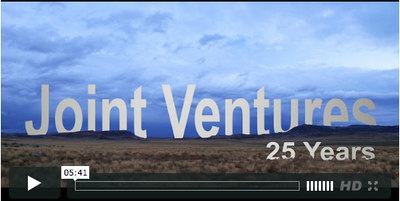News

We finally sealed the deal on a treasured 76-acre piece of the Roan landscape just below Carver’s Gap, a popular access point for the Appalachian Trail! In so doing, we have protected scenic views and hiking experiences for future generations to enjoy along the trail — and honored a civic leader of Spruce Pine who committed a lifetime to serving his rural mountain community.
A third year of a research project on wild turkey survival to help improve the management of this popular game bird will kick off in January, New York State Department of Environmental Conservation (DEC) Commissioner Joe Martens today announced.
The USDA Forest Service’s new land and resource management plan for the George Washington National Forest, released today, will help conserve and restore a core network of resilient forests and improve healthy watersheds, while demonstrating the value of public collaboration on similar projects.
The International Wood Thrush Conservation Alliance (Alliance) is a consortium of scientists and conservation biologists from academic institutions, agencies, and non-profits in Central and North America. It is focused on conserving Wood Thrush (Hylocichla mustelina) populations using the best available science and raising awareness about the conservation needs of associated forest birds and their habitats. Our specific mission is to ensure the long-term viability of Wood Thrush populations and the habitats on which they depend through science-based, full life cycle conservation planning, management, and education.
The State of the Birds 2014 report finds populations declining across key habitats. It also reveals successes, including work of AMJV partners, where conservation investment is leading to recovery.
|
Highlights and Accomplishments

In this edition we welcome student interns to the AMJV team, detail the happenings at the Joint Northeast and Southeast Partners in Flight Meeting, and more.
In this edition we detail the State of the Birds Report and implications for the AMJV region, recommendations that came out of the AMJV Technical Committee Meeting, a Golden-winged Warbler land manager workshop for the Southern Appalachians, and more.
In this edition we detail the discussions and action items that came out of the AMJV Board Meeting, describe the recent Capitol Hill visit, planning for the upcoming Bird Conservation Partnerships and Initiatives Summit, and more.
The success and strength of the AMJV lies with its dedicated partners, and your many accomplishments in 2013 are highlighted in this year-in-review. This partnership maintains an impressive record of successes in bird conservation. I thank everyone for their continued support and dedication to the AMJV partnership, and look forward to continuing our work into 2014.
In this edition we recognize partner's achievements for innovative approaches to protect public and private lands, activities and discussions that took place at the International Wood Thrush Workshop, increasing international collaboration for shared species, and more.
Projects

Initiated: 2010 Status: Completed in June 2012
Combing through habitat literature and conducting two years of surveys for the presence of Golden-winged Warblers at forest stands, the AMJV and partners developed best management practices for providing breeding habitat for Golden-winged Warblers through timber harvesting.
Initiated: 2005 Status: Completed in 2010
The Cerulean Warbler project was initiated to allow the scientific and management communities to test forestry methods and use experimental harvesting of timber to enhance Cerulean Warbler habitat.
Initiated: 2008 Status: Ongoing
AMJV and the Appalachian Regional Reforestation Initiative are partnering up to re-establish habitat on previously mined land to create greater breeding grounds for declining bird species in the Appalachian Region. Using ARRI’s Forestry Reclamation Approach, this collaboration is replanting trees on disturbed sites in heavily populated bird areas to restore the function and form of habitats that existed prior to mining.
Initiated: 2011 Status: Ongoing
Using foundational research, the Appalachian Mountains Joint Venture staff and partners in Pennsylvania have initiated a project to merge the recently completed Pennsylvania Breeding Bird Atlas (PBBA) data with the TNC energy development projections to provide a rigorous evaluation of the impacts resulting from Marcellus development on forest interior birds.
Initiated: 2009 Status: Ongoing
25 bird species models were developed to determine the sensitivity of priority bird species populations to urbanization. Incorporating data from housing density rates and land-use change, the project looked to see if rates of urbanization were impacting populations currently or if it will do so in the near future if rates and changes continue.
|


























